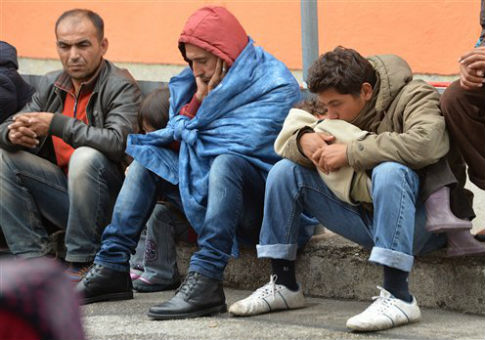For their first five years in the United States, each Middle Eastern refugee costs taxpayers $64,370 to resettle them here, according to a report from the Center for Immigration Studies.
"The report is really about how much more, how expensive it is, given our refugee resettlement system, to bring folks in," explains the author of the report, Steven Camarota.
The cost to resettle them in the United States is 12 times the cost of resettling them in a neighboring Middle Eastern country. Instead of resettling them here, the report explains that 12 refugees can be helped in the Middle East for five years or 61 refugees could be helped for a year.
"I think you can argue that it would make more sense, the most effective use of the money, is to help people in the region, rather than spend all the money here," Camarota said.
Because refugees are eligible for all welfare programs they have very high rates of participation in government assistance programs.
The report finds that 91.4 percent of refugees receive food stamps, 73.1 percent are on Medicaid, 68 percent receive cash assistance, 36.7 percent receive Temporary Assistance to Needy Families, 32.1 percent receive Supplemental Security Income, and 18.7 percent live in public housing.
"Refugees have the most generous access to welfare programs of any population in the country," explains the analysis. "Very heavy use of welfare programs by Middle Eastern refugees, and the fact that they have only 10.5 years of education on average, makes it likely that it will be many years, if ever, before this population will cease to be a net fiscal drain on public coffers—using more in public services than they pay in taxes."
Refugees aren’t expected to be self-sufficient because they are admitted for humanitarian reasons. The report explains that careful consideration should be given to alternatives, since many more refugees could be helped in a neighboring Middle Eastern country.
After settling in the United States for five years, refugees still have a high rate of participation in government assistance programs.
"If you look at all refugees who have been in the United States for 12 years, forget about food stamps, and public housing and Medicaid, the report is clear half of them are still on cash assistance," Camarota says. "The majority who have been here for five years, which doesn’t mean they just got here on various forms of welfare, it’s like 70 percent on various forms of welfare but half are on cash welfare."
